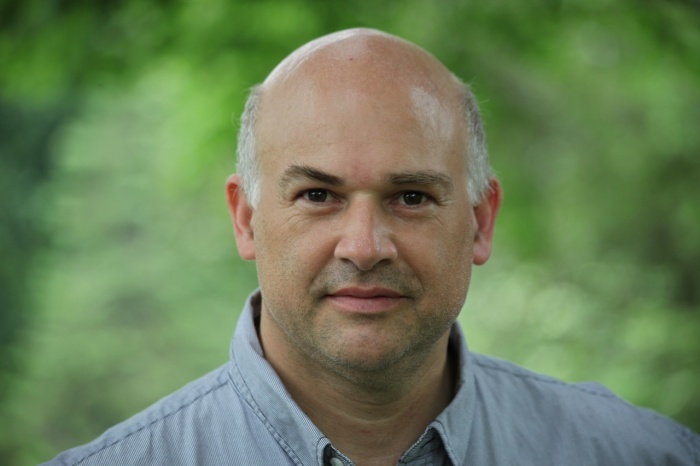Richard Wagner’s 1869 opera Das Rheingold, an epic in the same vein as The Lord of the Rings, is a story of spurned lovers, stolen power, giants, gods, magic, and murder. Drawing on Norse legends of Odin (Wotan) and the gods, it tells the tale of Alberich, a dwarf who steals the Rhinemaidens’ gold to forge a ring that will give him universal power.
Unfortunately, as just the beginning of a massively complex four-opera cycle (Der Ring des Nibelungen), Das Rheingold has rarely been staged in Canada. In fact, in 1872, Wagner himself had the Bayreuth Festspielhaus purpose-built for performing his works in the style he intended.

Pacific Opera Victoria’s Benjamin Butterfield, singing the role of Mime, explains that the decision to stage Das Rheingold in Victoria was not as difficult as one may think.
“It’s a novelty for us,” says Butterfield. “This is only the second time it’s been done in Canada, and we’re not doing it as part of Der Ring, we’re just doing it as its own thing. But that’s part of Pacific Opera’s mandate: to bring interesting things to this crowd and to make it accessible for Canadian singers to give it a shot.”
The language barrier and culture surrounding opera can be intimidating to many young people, who see it as overly sophisticated entertainment for rich grandparents. But when one considers the popularity of books and movies such as The Lord of the Rings, Game of Thrones, and Thor, even newcomers to opera can find much in Wagner’s work that’s both familiar and exciting.
Butterfield considers Das Rheingold to be a great introduction for the first-time opera-goer.
“It’s a better starter than the typical Italian operas, where you have people stand up specifically to sing a song, and either you get that or you don’t,” he says. “Here, it’s just constant drama, constant adventure, and the constant unfolding of a massive story that I think people relate to, because they read fantasy books and sci-fi.”
Unlike books and movies, the concept of “spoilers” doesn’t really apply in opera; in fact, a little prep work beforehand can enhance the experience. One can always follow along during the performance with English surtitles projected above the stage, but reading an article on the work can illuminate the prospective audience member on complex musical matters, such as Wagner’s use of leitmotifs, a technique frequently associated with his work.
“Every character has their own little tune, and every time that tune comes up you recognize that there’s something to with that person in the story,” explains Butterfield. “There’s a theme for the gold, and a theme for the sword, and a theme for this and that character and location, and they get sewn together in a really incredible way that people just don’t do anymore.”
Not satisfied with an exciting story or an orchestral achievement? For the non-amplified singers, it’s a feat of athleticism: two-and-a-half hours outsinging a Wagnerian orchestra, nary a mic in sight.
Every possible aspect of a theatrical performance must come together to present this operatic spectacle, says Butterfield.
“For people who like athletics, a good show, musical theatre, stagecraft… Wagner has everything. It’s the pinnacle of the art form; it’s like the Star Wars saga,” says Butterfield. “You can’t get more excessive than this. This is like the monster truck of opera.”
Das Rheingold
October 16, 18, 24, 26
$25 and up, Royal Theatre
pov.bc.ca

Gentlemen:
Would you please advise Alyssa Koehler of the recent discovery, in Munich, of a daguerreotype of Richard Wagner? It can be seen at the above website.